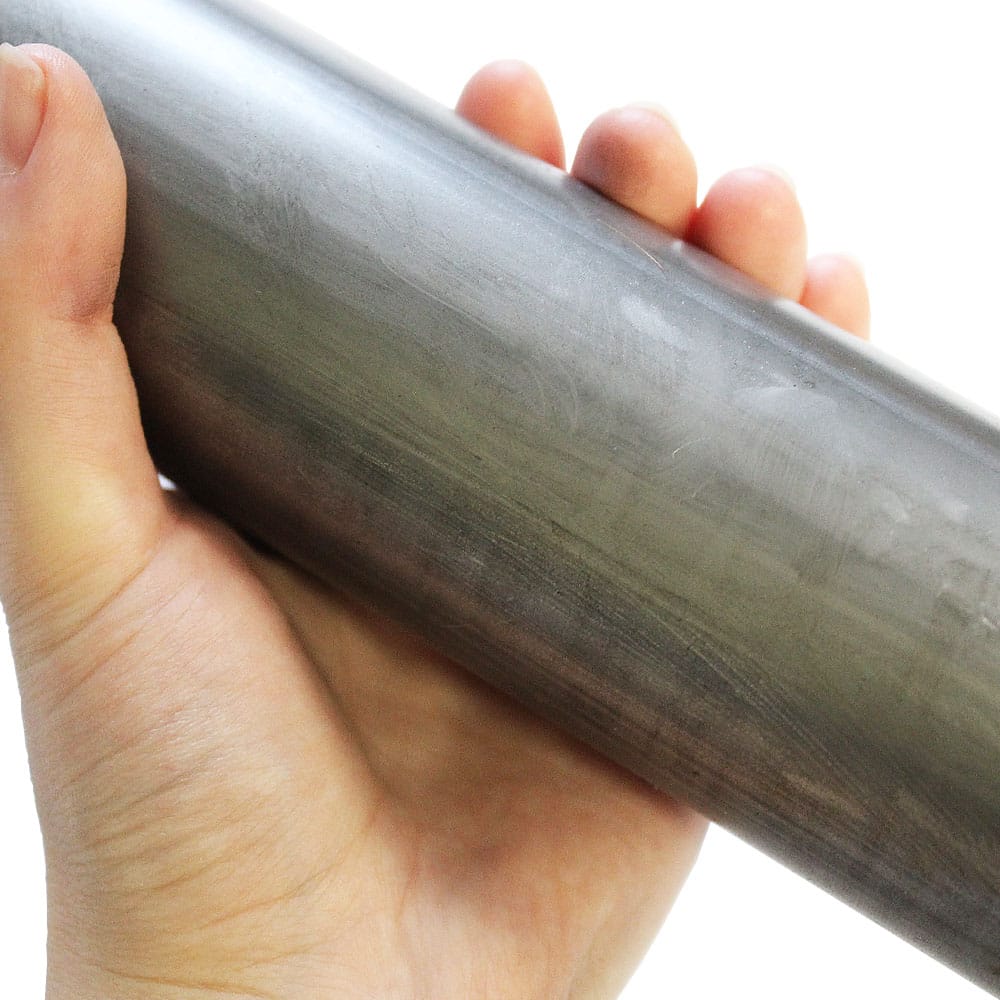
- Massive Range
- FREE UK Delivery
- Rapid Dispatch
- Massive Range
- FREE UK Delivery
- Rapid Dispatch
- Massive Range
- FREE UK Delivery
- Rapid Dispatch
Menu
Home » Unique Metal Art: From Sculptures to Jewelry
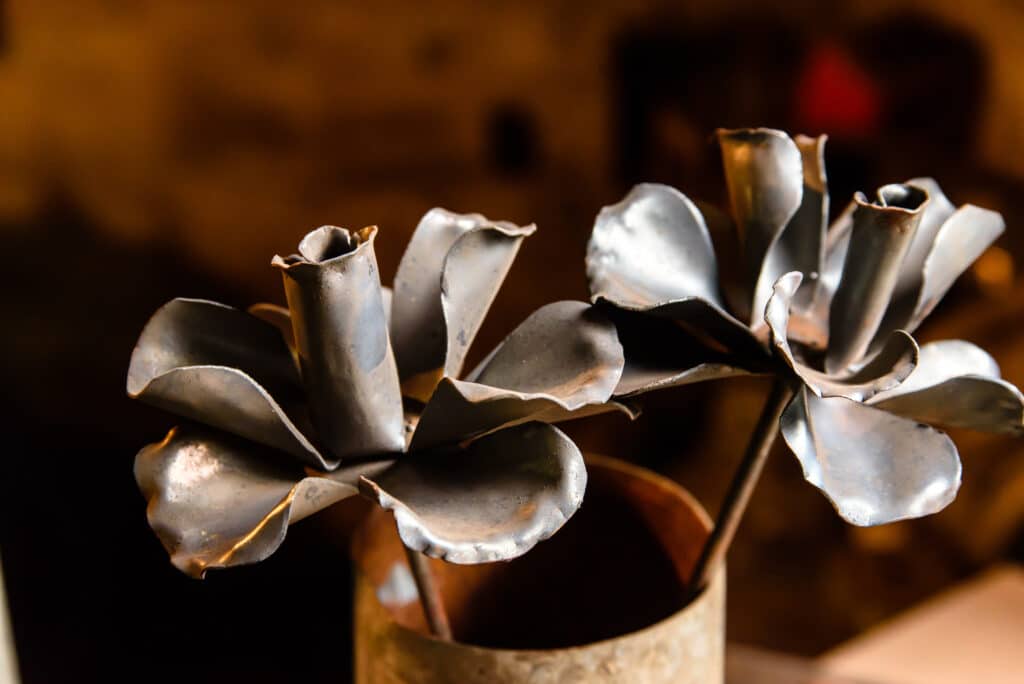
The world of art is vast and diverse, encompassing many different mediums and styles. Artists and art enthusiasts alike have long been captivated by metal as a medium. From large-scale sculptures to intricate jewelry, metal art provides an exciting playground for creative expression. In addition to its versatility, durability, and aesthetic appeal, metal art is an art form worth exploring, no matter how you look at it.
From the majestic sculptures of ancient civilisations to the modern avant-garde installations, metal has always been a popular medium of expression. Its ability to withstand the ravages of time, while also lending itself to intricate detailing, makes it a favored choice for artists.
The use of metal in art isn’t a recent phenomenon. Historically, civilisations like the Greeks, Romans, and Chinese used bronze and other metals to craft sculptures of gods, warriors, and everyday people. These artworks not only served as a testament to their artistic capabilities but also to their technological prowess.
In the realm of metal art, sculptures undoubtedly grab the lion’s share of attention. Why? Because of their sheer grandeur and ability to transform spaces. Whether placed in an urban plaza or gracing the gardens of a stately home, metal sculptures stand as testaments to the artist’s vision and the times they represent.
Contemporary artists like Anish Kapoor and Richard Serra have taken metal art to new heights. Their installations, often massive and thought-provoking, challenge our perceptions of space and form. For instance, Kapoor’s “Cloud Gate” in Chicago, fondly referred to as ‘The Bean,’ has become an iconic piece of public art, reflecting the city’s skyline in its polished stainless-steel surface.
Modern metal art isn’t confined to large installations. Many artists use metals to create interactive installations, kinetic sculptures, and pieces that meld with technology. With the advent of newer welding techniques, artists can now bend, fold, and manipulate metal in ways that were previously unimaginable.
Such is the versatility of metal art that it has also found a place in the avant-garde, where artists combine it with light, water, or even digital elements to create mesmerising experiences.
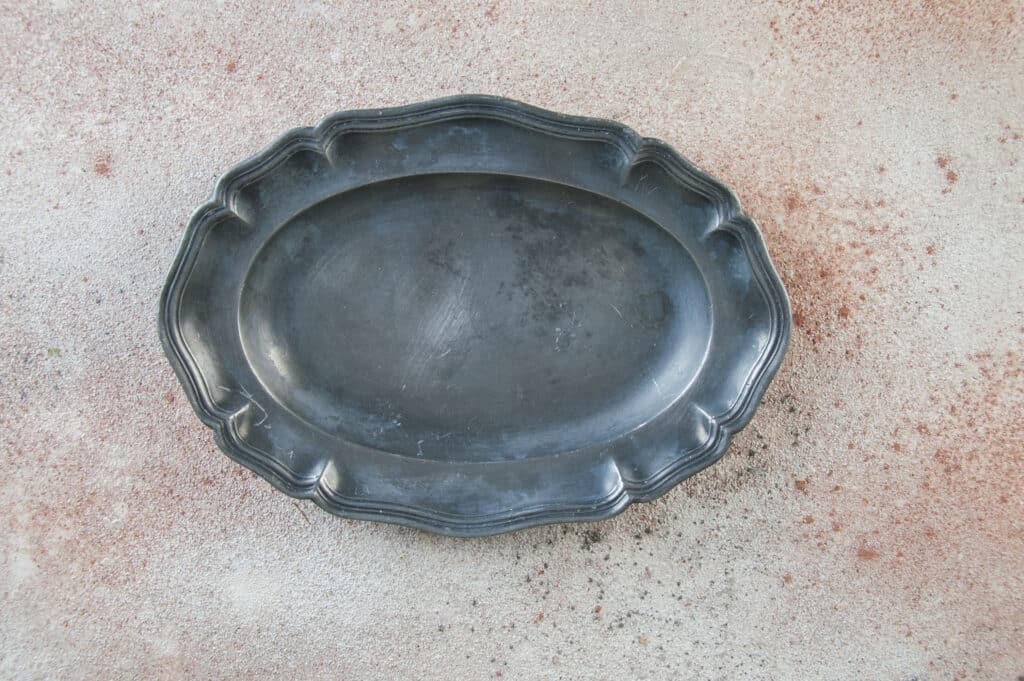
Moving from the grand to the delicate, metal art’s adaptability shines through in the realm of jewelry. Metal jewelry is no stranger to any of us, but when we view it from an artistic perspective, we begin to appreciate the nuanced craftsmanship it involves.
Jewelers are, in essence, miniature sculptors. They mold, etch, and craft metals like gold, silver, platinum, and even more unconventional ones like titanium and tungsten, to create pieces that aren’t just beautiful but also tell a story.
Handcrafted metal jewelry often carries with it the mark of its maker. Each hammer strike, each swirl, and each cut reflects an artist’s touch. Whether it’s an intricate silver filigree necklace or a geometric gold ring, the world of metal jewelry is vast and varied.
Moreover, with the increasing popularity of artisanal and bespoke jewelry, more and more artists are experimenting with metal to create unique, one-of-a-kind pieces. These aren’t just accessories; they’re wearable pieces of art.
In today’s eco-conscious world, many metal artists are focusing on sustainability. Repurposing scrap metal to create sculptures or using ethically sourced metals for jewelry is becoming more common. Artists like Uribe are known for transforming discarded metal and other items into incredible sculptures, ranging from animals to abstract forms.
Sustainable metal art not only addresses environmental concerns but also adds an additional layer of narrative to the artwork. Knowing that a piece has been crafted from recycled or ethically sourced materials often adds to its appeal and value.
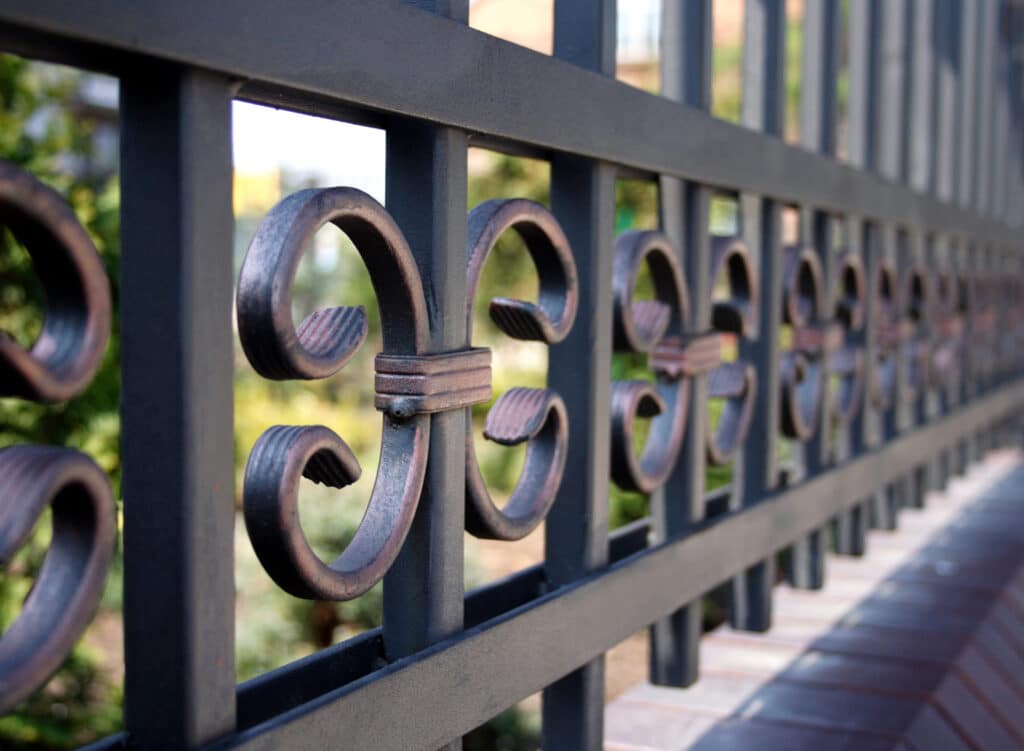
Durability and Longevity: Unlike many other materials, metal is resistant to many environmental factors. Properly treated and maintained metal artworks can last for generations, resisting decay, rot, and many other forms of degradation.
Versatility: Metal can be cast, forged, welded, soldered, hammered, embossed, and etched, among other processes. This gives artists a wide range of techniques to experiment with.
Tactile and Reflective Qualities: The natural sheen and reflectivity of metals like bronze, silver, or stainless steel can create dynamic visual effects that change with the viewer’s perspective and the lighting conditions.
Strength and Stability: Even though it can be manipulated, once set, metal provides a strong and stable structure. This allows for large sculptures and installations that might be impossible with less sturdy materials.
Range of Colors and Finishes: Different metals and their alloys come in a variety of natural colors, from the rich brown-red of copper to the bright yellow of brass or the silvery-white of aluminum. Additionally, various finishes, patinas, and oxidation processes can further change a metal’s color and texture.
Historical Resonance: Metal has been used in art for thousands of years. Utilising metal can connect an artwork to ancient traditions, whether it’s in the casting techniques reminiscent of Renaissance bronze sculptures or the delicate metalwork seen in ancient jewelry.
Potential for Monumentality: The strength of metal means it can be used for large, monumental works. Think of iconic metallic sculptures like the “Chicago Bean” (Cloud Gate by Anish Kapoor) or the Statue of Liberty.
Sound and Movement: Metal can be used in kinetic art, where it can produce sound or move with the wind, like wind chimes or mobiles.
Recyclability: Many metals can be melted down and recycled into new artworks, allowing for a more sustainable approach to art-making.
Symbolic Meanings: Metals often carry with them symbolic meanings. Gold, for instance, is often associated with divinity, wealth, and purity in various cultures, while iron might be linked with strength and industry.
Integration with Other Materials: Metal works well in combination with other artistic materials, such as wood, glass, or stone, providing both contrast and structural support.
There is no doubt that metal art remains a dynamic and evolving field of expression because of its historical roots and contemporary appeal. Metal continues to captivate with its versatility and allure, whether it is in the form of massive installations that redefine public spaces or the delicate beauty of handcrafted jewelry.
With artists pushing boundaries and experimenting with this age-old medium, art fans are treated to a visual feast that often challenges our perceptions and leaves us speechless. As a result, metal art is a testament to mankind’s innate desire to create, inspire, and transform the ordinary into the extraordinary.
As always, thank you for checking out our blog. We hope that this helps you with your project.
Please also check out the other articles in our helpful guide series. We have written about ‘DIY Projects with Flat Bars‘ and ‘The Comprehensive Guide to Metal Adhesives‘ recently so why not check them out?
We are also proud to sell this product on our highly popular eBay store, check us out there too.
If you have any further questions, feel free to contact us.

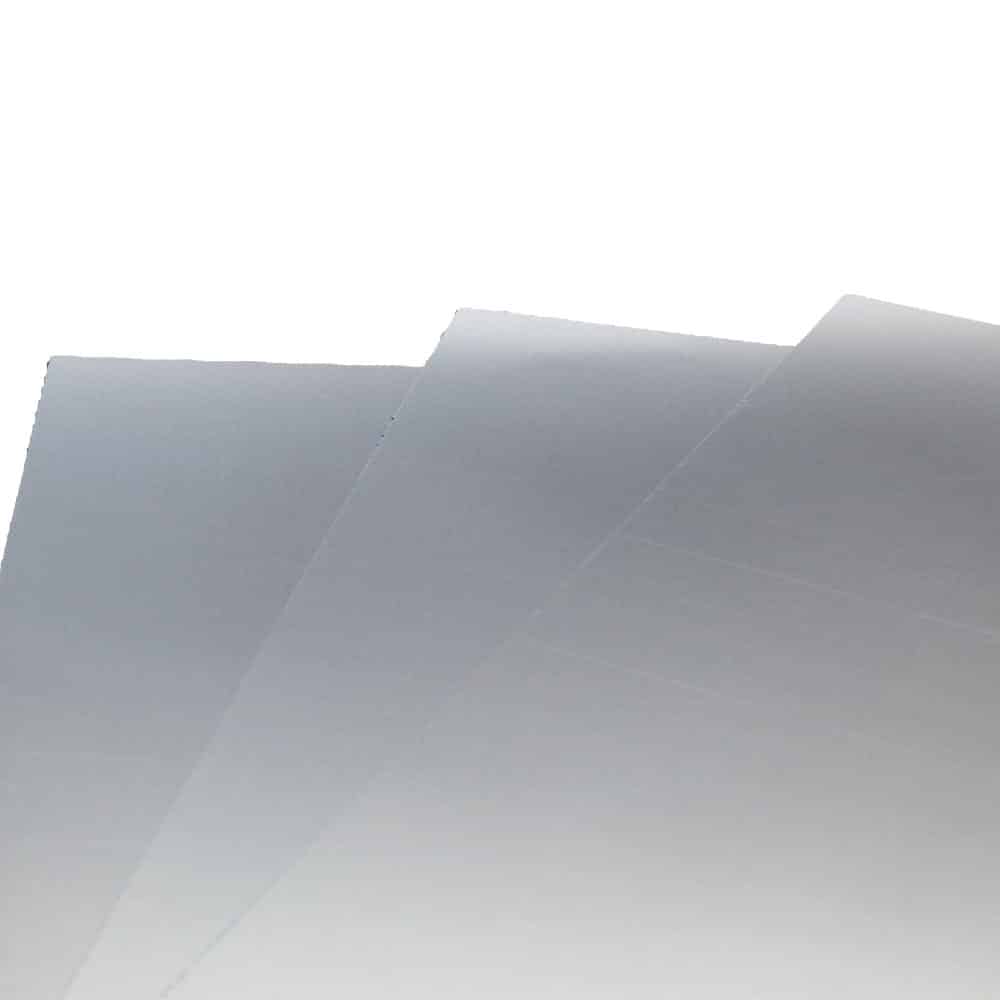
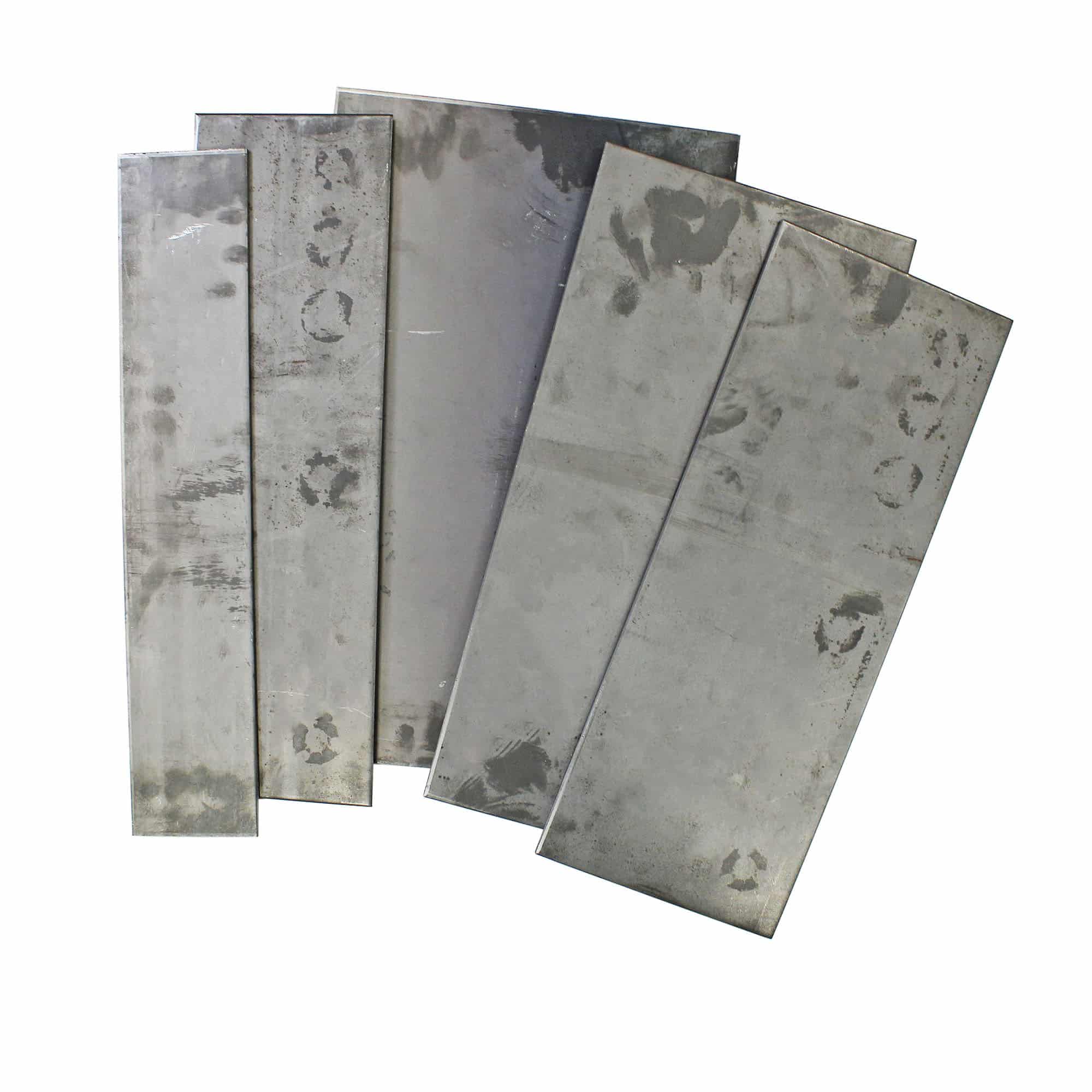
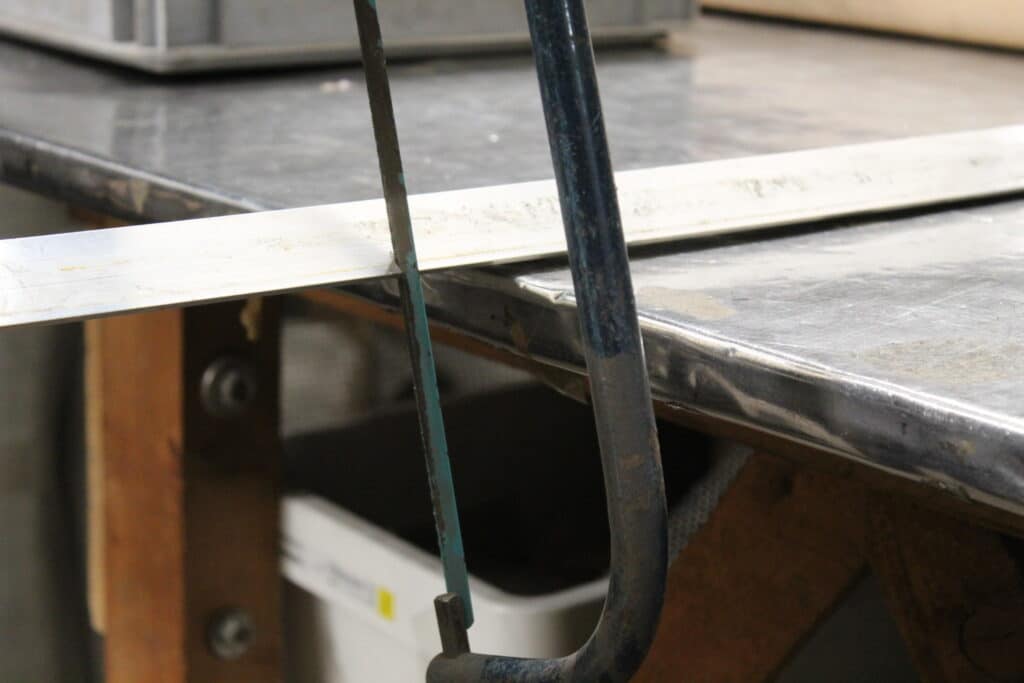
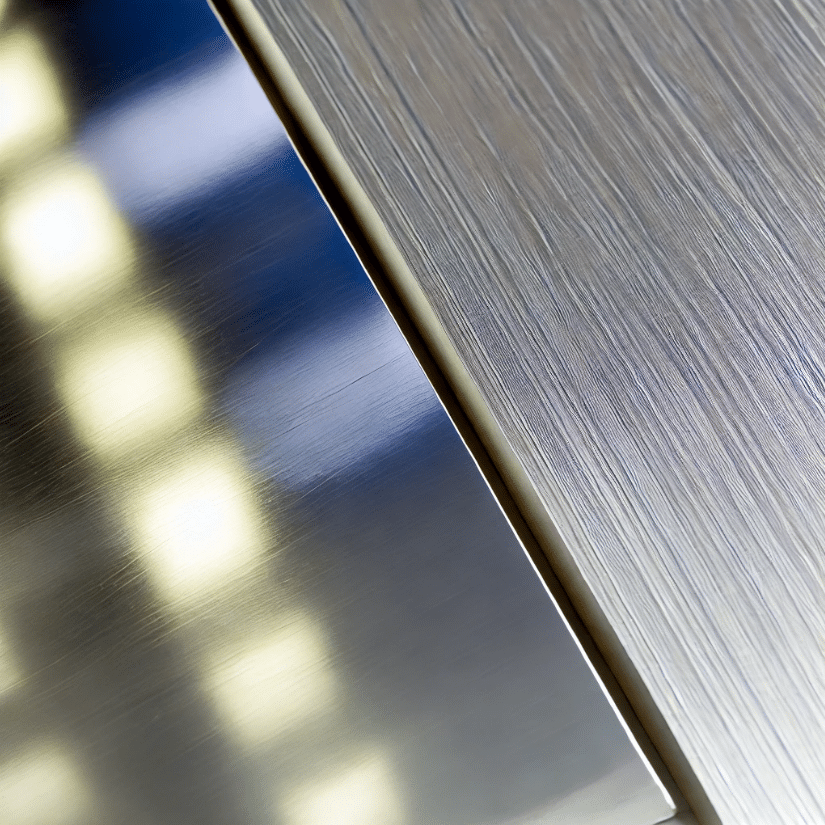
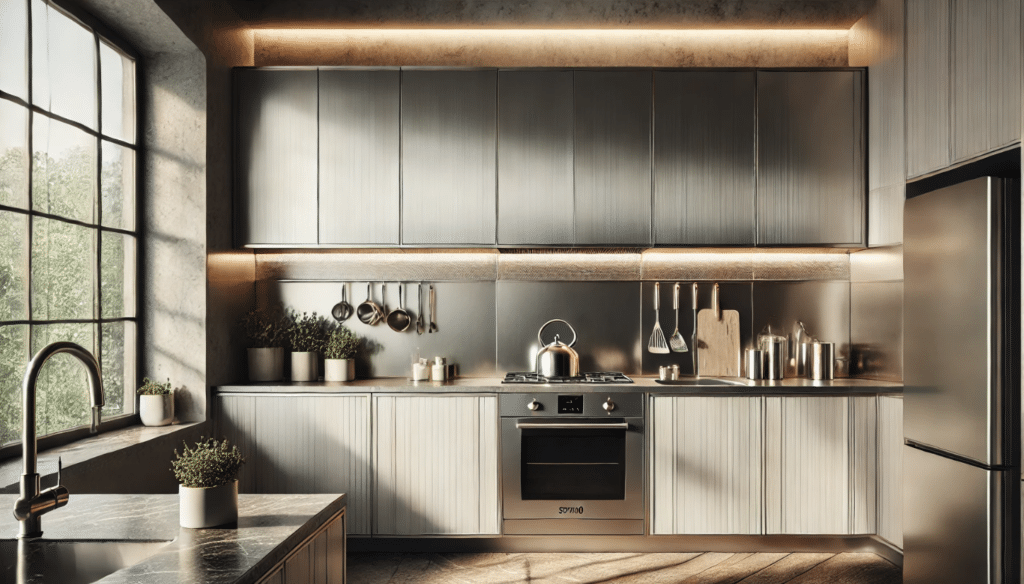

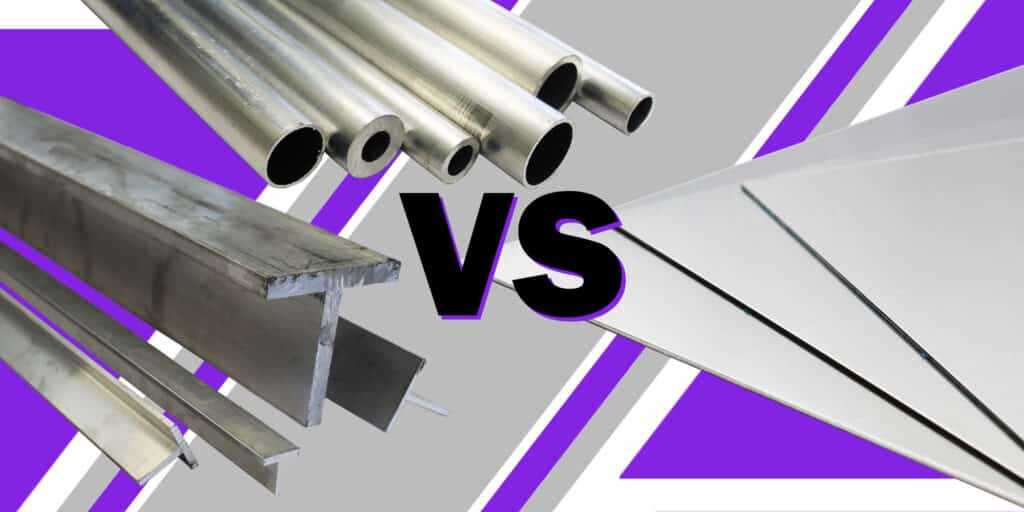
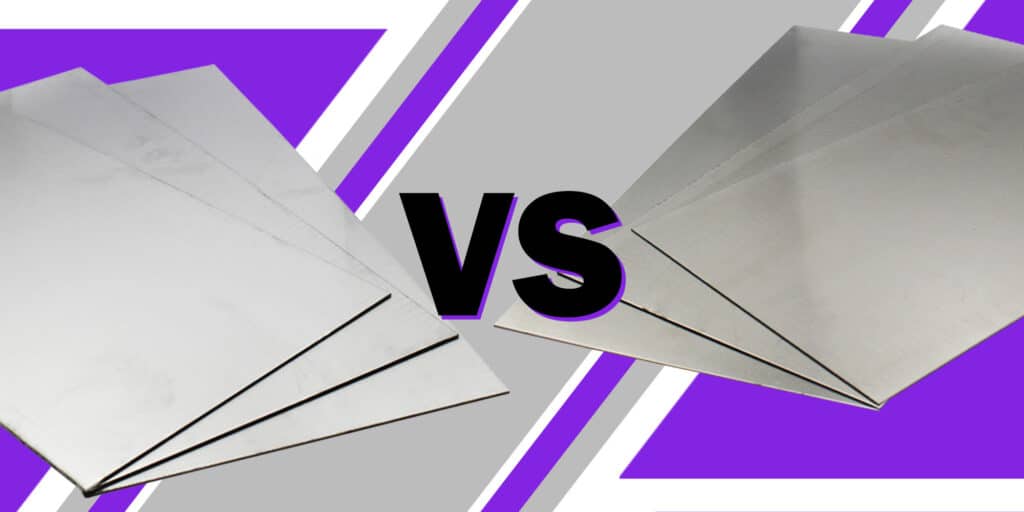
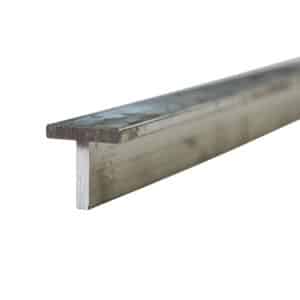
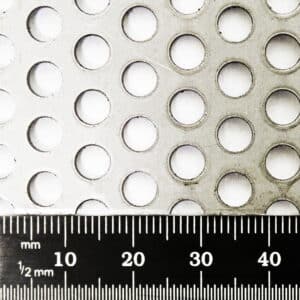
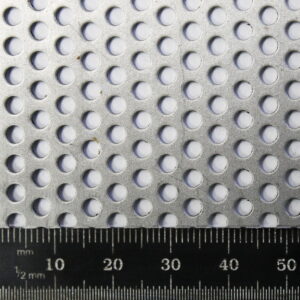
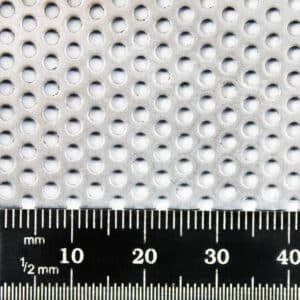
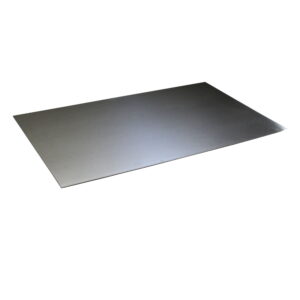
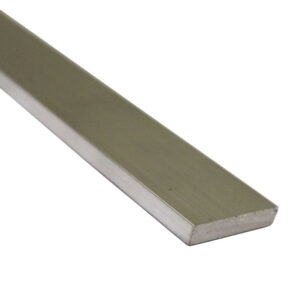
Speciality Metals
Unit 1, Farrell Street, Warrington,
Cheshire, WA1 2WW, United Kingdom
Quick Links
Payment Options
